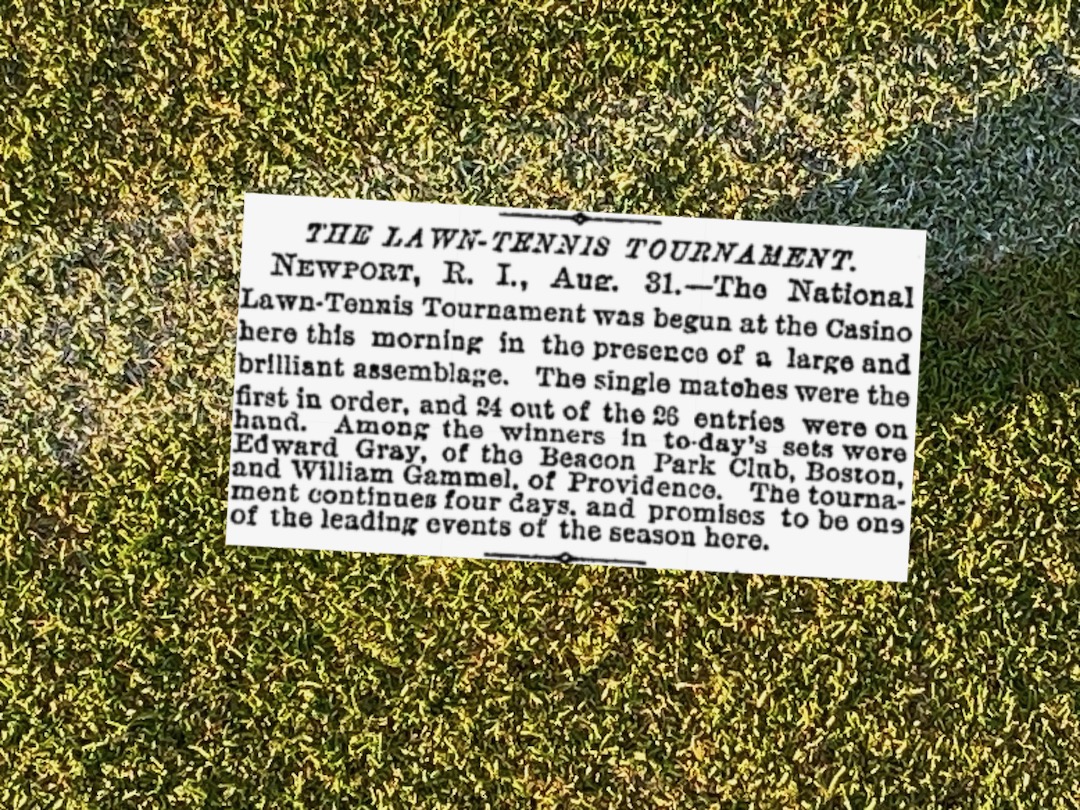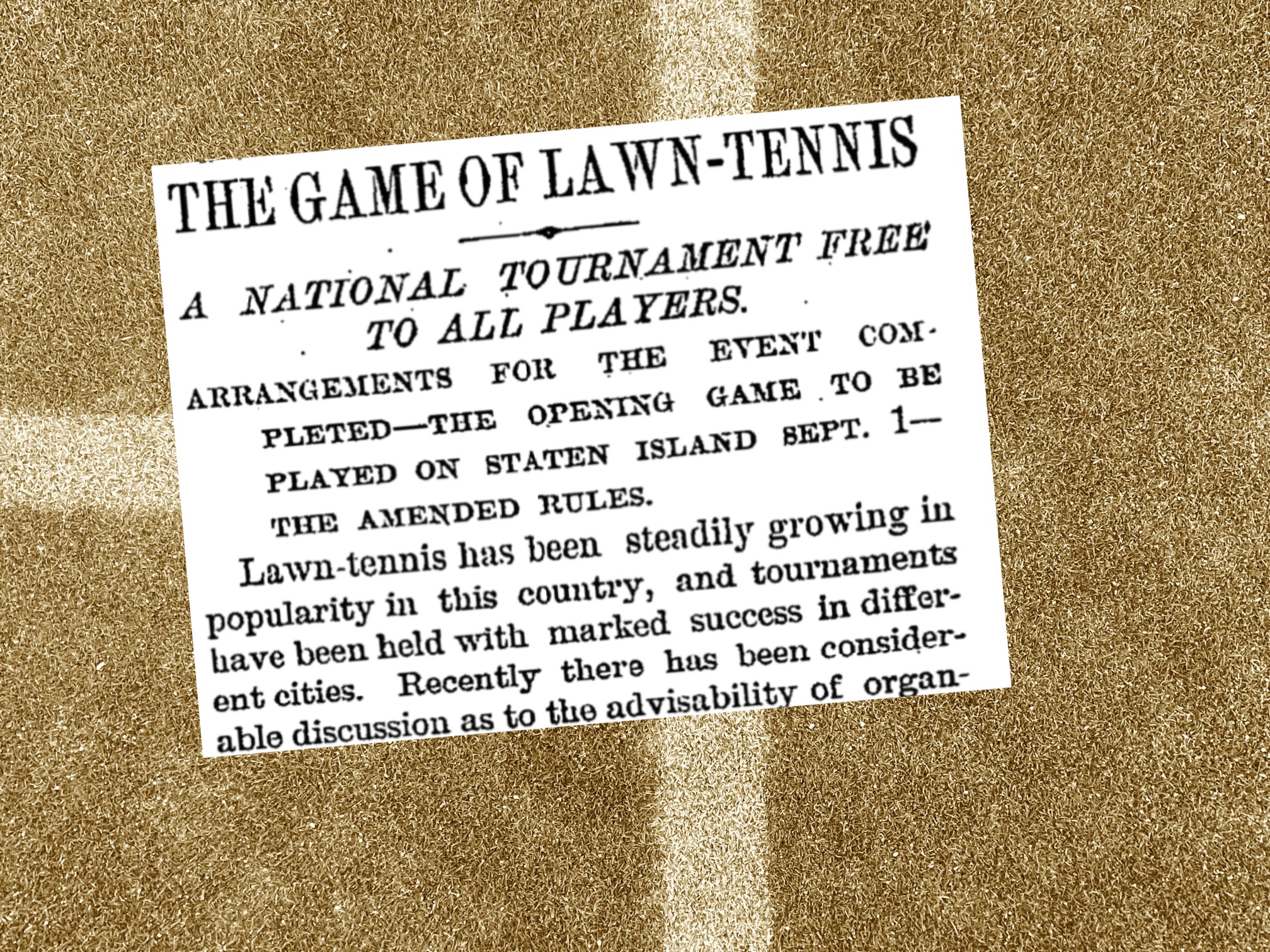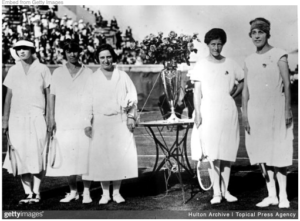The use of the word “let” in tennis is an understandable choice of terms given the literal definition meaning obstruction. The application of the term as applied to the service let in tennis is more obscure.
The game of racquets, a near contemporary sport which was a direct predecessor to tennis, first introduced the use of the word “let” in 1871. This was two years earlier than the first two written editions of the rules of lawn tennis by Major Walter Clopton Wingfield and published in in 1873 and 1874. It should be noted that neither version of Wingfield’s rules included the term or even the concept of the service let.
The first usage of the word let in lawn tennis appeared in 1878, but that was not specific to the serve, but rather outside obstruction or interference, such as “an obtrusive dog running across the court, or anything of that kind.” I need to pause here for a moment to note that containing such specific examples would certainly spice up the modern ITF rules of tennis.
The 1878 version of the rules also specified that a let is not allowed “for anything which constitutes a part of the court.” This makes it clear that a service let was not included in that definition.
Two years later, in 1880, the service let definition in tennis appeared and remains in use in the modern rules. It was included by both the Marylebone Cricket Club and the All-England Croquet and Lawn Tennis Club. The exact wording was “if the ball served touch the net, the service, provided it be otherwise good, counts for nothing.”
This explains the history of the usage of “let” in tennis and the evolution of the early rules. It does not explain the why the rule was determined to be needed in the game. In the absence of the emergence of additional historical documentation it is unlikely that we will ever know.
- “let,” Merriam-Webster Dictionary Online, page viewed 17 April, 2020.
- Tennis Origins and Mysteries, Malcom D. Whitman, Dover Publications, 2004.



